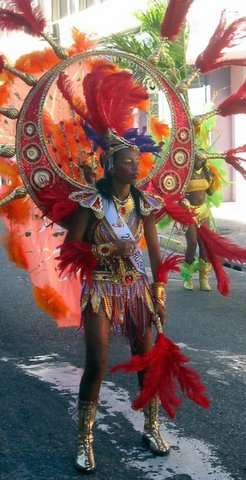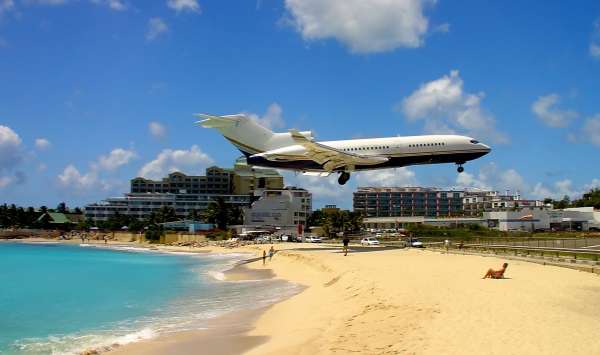Getting to St. Martin and getting around. Our transportation tips will
help make your trip smoother. More good sand advice.
Entry Documents
Entry requirements for Americans: US citizens need a valid passport, or a government-issued photo ID, such as a driver’s license, and proof of citizenship, such as a birth certificate, to enter either St Maarten or St Martin; a return ticket or proof of onward travel is also required. No visa is necessary for a stay of up to three months.
Entry requirements for UK nationals: British citizens require a passport valid for the period of intended stay. A visa is not required for stays of up to three months. A return ticket or proof of onward travel is required. This applies to both Dutch and French national sectors of the island.
Entry requirements for Canadians: Canadian citizens need a valid passport or a government-issued photo ID, such as a driver’s license, as well as proof of citizenship, such as a birth certificate, to enter either St Maarten or St Martin, and a return ticket or proof of onward travel is required. No visa is required for a stay of up to 14 days.
Airlines Flying Here
- Air France
- American Airlines
- Delta
- Frontier
- jetBlue
- KLM
- Spirit Airlines
- WestJet
- Air Caraibes
- Anguilla Air Services
- Caribbean Airlines
- French Bee
- Liat
- Winair
Airport
Princess Juliana International Airport, St. Maarten
Departure Tax
There is a US$30.00 per person. Payment is required before boarding and they will only accept cash or traveler’s checks. Some airlines have already incorporated the departure tax into the price of the ticket. If you are not sure, check with your airline.
Driving
On the right. A valid foreign or international driver’s license is required for car rentals, but a temporary St. Martin/St. Maarten driver’s license is not issued.
- In roundabouts, vehicles in the center have the right of way.
- It is illegal to turn right on a red light.
- Not all roads on the island have signs so be particularly sensitive to landmarks.
- Always check your side mirror before making a turn. Scooters/motorcycles have a tendency to pass by driving down the middle of the road. While it is not legal in theory, it can be rather crazy if you are not aware!
- Children under 12 must ride in the back seat.
Local Transportation
2021
1. Taxis: Taxis are a popular and convenient mode of transportation in St. Martin. They are readily available at the airport, major hotels, and tourist areas. Taxis are also a good option for short trips within the island.
2. Rental Cars: Renting a car is a great way to explore the island at your own pace. There are several car rental companies available in St. Martin, and most of them offer a variety of vehicles to choose from.
3. Public Buses: The island has a local bus system that connects major towns and villages. The buses are inexpensive and a good option for budget travelers. However, they can be crowded and may not always run on schedule.
4. Water Taxis: As St. Martin is an island, water taxis are a popular mode of transportation for getting around. They are a great way to visit nearby islands and beaches. Water taxis are also available for private hire.
5. Scooters: Scooters are a fun and convenient way to get around the island. They are available for rent at various locations and are a popular choice for tourists.
6. Bicycle Rentals: St. Martin has many scenic bike paths, making it a great place to explore on two wheels. Bicycle rentals are available at various locations on the island.
7. Walking: Many areas of St. Martin are easily accessible on foot, especially in the main towns. Walking is a great way to explore the island and take in its beautiful scenery.
8. Private Transfers: Private transfers are a convenient and comfortable option for getting around St. Martin. They can be arranged through hotels or tour companies and are a good option for larger groups.
9. Ferries: Ferries are available for travel between St. Martin and neighboring islands such as Anguilla and St. Barts. They are a popular choice for day trips and offer beautiful views of the Caribbean Sea.
10. Helicopter Tours: For a unique and luxurious mode of transportation, consider taking a helicopter tour of the island. This is a great option for those looking for a scenic and memorable experience.



